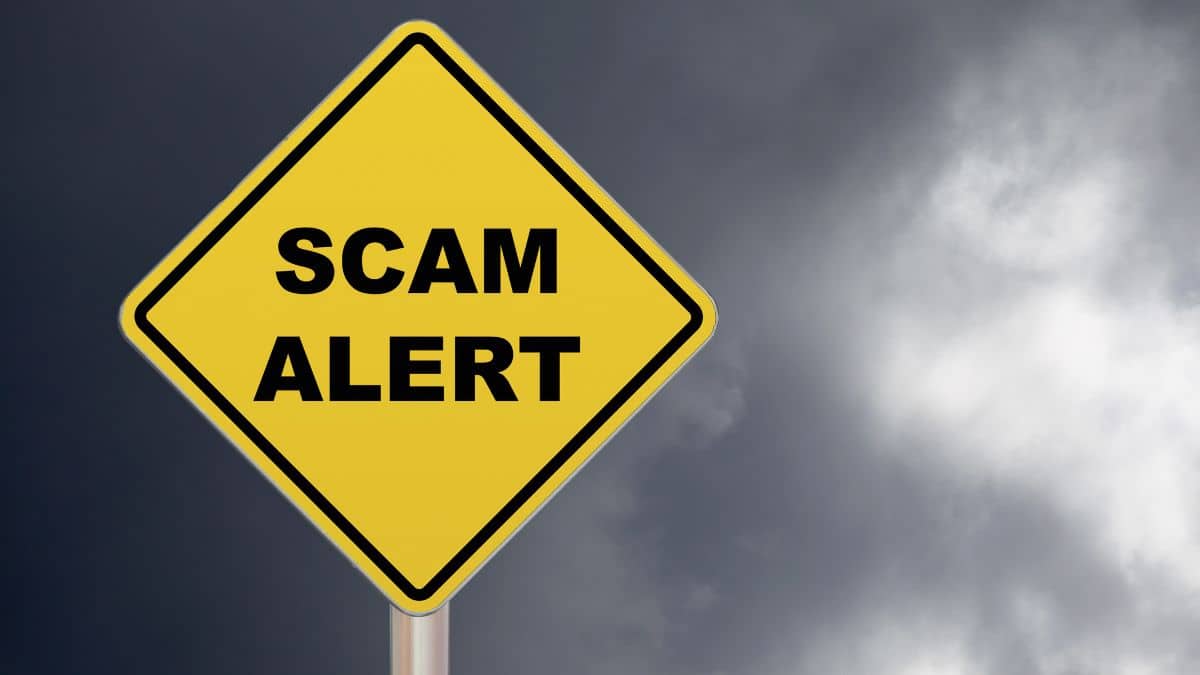Amazon has issued a fresh warning after millions of shoppers, including plenty in the UK, have been targeted with a clever new scam.

£10 sign up bonus: Earn easy cash by watching videos, playing games, and entering surveys.
Get a £10 sign up bonus when you join today.
Join Swagbucks here >>
If you receive an email stating that your Prime subscription is about to renew and you need to cancel, read on before clicking anything.
This isn’t just another dodgy message full of typos. These scam emails appear to be genuine.
Some even include your details, making them feel even more convincing.
But instead of helping you cancel Prime, the link takes you to a fake login page. Type your details in, and the scammers now have your email, password, and possibly your payment info too.
Amazon has reported an increase in these fake Prime emails.
They’re designed to create panic – “your subscription is about to auto-renew at a higher price” – so you’ll act quickly without thinking. And that’s where people get caught out.
Here’s what to do if you get one of these emails:
- Don’t click any links. Even if it looks legit.
- Verify your Prime details by accessing the Amazon app or website directly. Tap ‘Prime’ from the main menu to see if anything’s changing.
- Enable two-step verification in your Amazon account for added security.
- Use Amazon’s Message Centre (found in ‘Your Account’) to see if a message is real.
- Report suspicious emails directly to Amazon (you can report them to Amazon here)
If you think you’ve clicked a dodgy link, keep an eye on your bank account and contact your bank straight away if anything looks off.
Scam emails are becoming increasingly sophisticated and more complicated to spot – but the golden rule still applies: if something feels off or rushed, take a breath and double-check. Better safe than skint.
- Mystery shopping in the UK: how to start and what you can really earn - 2 December 2025
- The quiet money stress nobody talks about in December - 2 December 2025
- How to help struggling families this Christmas (even if you’re stretched yourself) - 2 December 2025
Saved a few quid with our tips? You can help keep Skint Dad going with a small contribution.
Help keep Skint Dad going